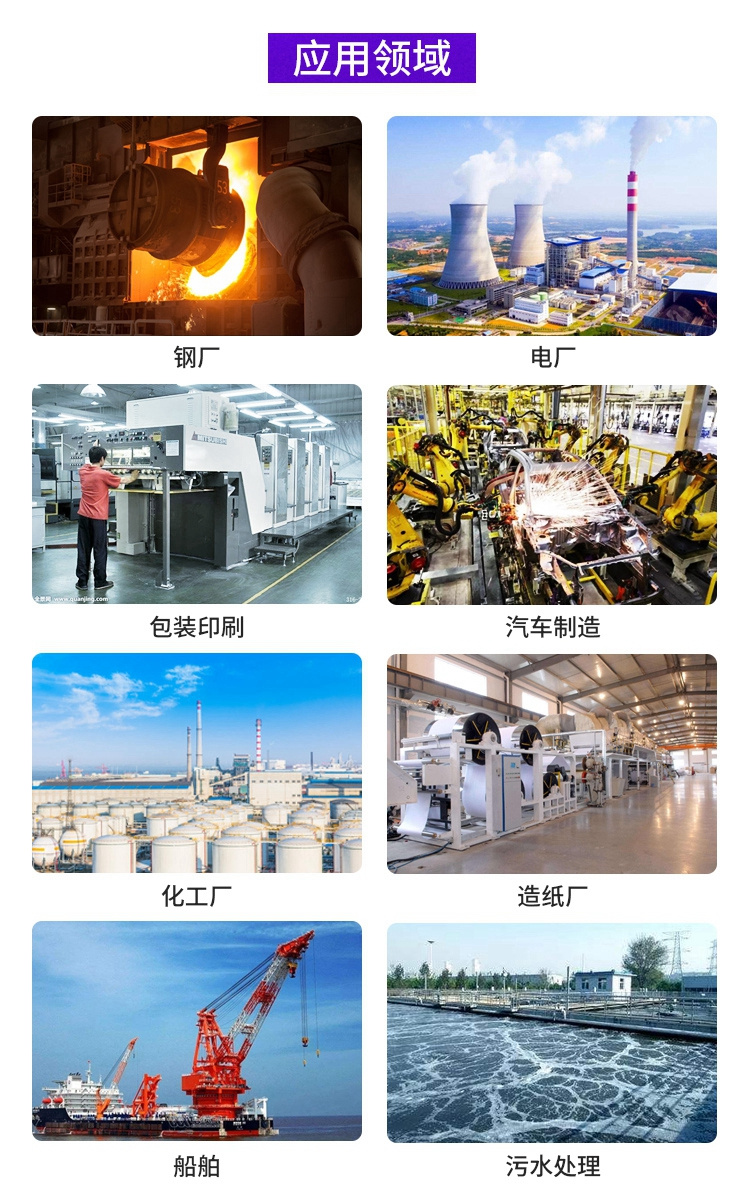TK-CCR014 HONEYWELL 冗余网络接口模块
高可靠性是过程控制系统的第 一要求。冗余技术是计算机系统可靠性设计中常采用的一种技术,是提高计算机系统可靠性的zui有效方法之一。为了达到高可靠性和低失效率相统一的目的,我们通常会在控制系统的设计和应用中采用冗余技术。合理的冗余设计将大大提高系统的可靠性,但是同时也增加了系统的复杂度和设计的难度,应用冗余配置的系统还增加了用户投资。因此,如何合理而有效的进行控制系统冗余设计,是值得研究的课题。
1:冗余技术
冗余技术概要:冗余技术就是增加多余的设备,以保证系统更加可靠、安全地工作。冗余的分类方法多种多样,按照在系统中所处的位置,冗余可分为元件级、部件级和系统级;按照冗余的程度可分为1:1冗余、1:2冗余、1:n冗余等多种。在当前元器件可靠性不断提高的情况下,和其它形式的冗余方式相比,1:1的部件级热冗余是一种有效而又相对简单、配置灵活的冗余技术实现方式,如I/O卡件冗余、电源冗余、主控制器冗余等。因此,目前国内外主流的过程控制系统中大多采用了这种方式。当然,在某些局部设计中也有采用元件级或多种冗余方式组合的成功范例。
控制系统冗余设计的目的:系统运行不受局部故障的影响,而且故障部件的维护对整个系统的功能实现没有影响,并可以实现在线维护,使故障部件得到及时的修复。冗余设计会增加系统设计的难度,冗余配置会增加用户系统的投资,但这种投资换来了系统的可靠性,它提高了整个用户系统的平均无故障时间(MTBF),缩短了平均故障修复时间(MTTR),因此,应用在重要场合的控制系统,冗余是非常必要的。
二个部件组成的并联系统(互为冗余)与单部件相比,平均无故障时间是原来的1.5倍。系统的可用性指标可以用两个参数进行简单的描述,一个是平均无故障时间(MTBF),另一个是平均修复时间(MTBR)。系统的可用性可用下式表示:
系统可用性=MTBF/(MTBF+MTBR)
当可用性达到99.999%时,系统每年停止服务的时间只有6分钟。


TK-CCR014 HONEYWELL 冗余网络接口模块
High reliability is the first requirement of process control system. Redundancy technology is one of the most effective ways to improve the reliability of computer systems, which is often used in reliability design of computer systems. In order to achieve the unity of high reliability and low failure rate, we usually use redundancy technology in the design and application of control systems. Reasonable redundancy design will greatly improve the reliability of the system, but also increase the complexity of the system and the difficulty of the design, the application of redundancy configuration of the system also increases the user investment. Therefore, how to design control system redundancy reasonably and effectively is a topic worth studying.
1: Redundancy technology
Redundancy technology summary: Redundancy technology is to add redundant equipment to ensure that the system works more reliably and safely. There are various classification methods for redundancy. According to the position in the system, redundancy can be divided into component level, component level and system level. According to the degree of redundancy, it can be divided into 1:1 redundancy, 1:2 redundancy, and 1:n redundancy. In the case of the continuous improvement of the reliability of the current components, compared with other forms of redundancy, 1:1 component level thermal redundancy is an effective and relatively simple, flexible configuration of redundancy technology implementation, such as I/O card redundancy, power supply redundancy, master controller redundancy. Therefore, most of the mainstream process control systems at home and abroad have adopted this method. Of course, there are successful examples of component level or multiple redundancy combinations in some local designs.
The purpose of the redundant design of the control system is that the system operation is not affected by local faults, and the maintenance of the faulty parts has no impact on the functional realization of the whole system, and online maintenance can be achieved, so that the faulty parts can be repaired in time. Redundant design will increase the difficulty of system design, redundant configuration will increase the investment of the user system, but this investment in exchange for the reliability of the system, it improves the average trouble-free time (MTBF) of the entire user system, shorten the average trouble-free time (MTTR), therefore, the application in important occasions of the control system, redundancy is very necessary.
A parallel system consisting of two components (redundant to each other) has an average time to failure of 1.5 times that of a single component. The availability index of the system can be simply described by two parameters, one is the mean time to failure (MTBF) and the other is the mean time to repair (MTBR). System availability can be expressed as follows:
System availability = MTBF/(MTBF+MTBR)
When availability reaches 99.999%, the system is out of service for only six minutes per year.
TK-CCR014 HONEYWELL 冗余网络接口模块
| SCHUMACHER | ATCS-15 1464-0320 |
| ABB | PM856 |
| ABB | BCU-12 |
| bently | 3500/15 |
| NSK | M-EDCPS1006AB502-01 |
| YOKOGAWA | ALP121-S00 |
| GE | IS420ESWBH2A |









 QQ在线客服
QQ在线客服